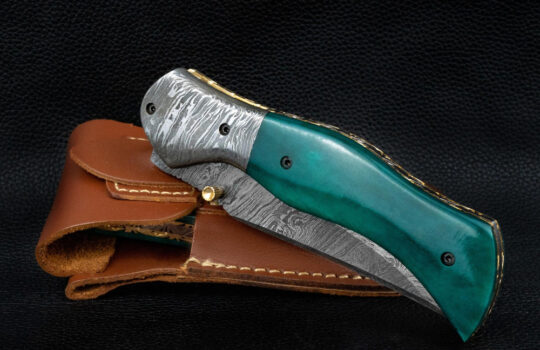Cleaning:
- Hand Washing: Always wash your knives by hand using mild detergent and warm water. Avoid using abrasive scouring pads or the dishwasher, as they can damage the blade and handle.
- Immediate Cleaning: Clean knives immediately after use to prevent food residues from sticking to the blade.
Drying:
- Hand Drying: Dry knives immediately after washing with a soft, clean towel. Leaving knives to air dry can lead to water spots and, over time, may cause corrosion.
Storage:
- Knife Block or Magnetic Strip: Store knives in a knife block or on a magnetic strip to keep them organized and to protect the blades.
- Blade Guards: Consider using blade guards, especially when storing knives in drawers, to prevent them from scratching against other utensils.
Sharpening:
- Regular Maintenance: Sharpen your knives regularly to maintain their sharpness. The frequency depends on usage, but a general rule is to sharpen them every 2-3 months for regular kitchen knives.
- Sharpening Tools: Use a honing rod for regular maintenance and a whetstone for more intensive sharpening. Electric knife sharpeners are also an option, but be sure to follow the manufacturer’s instructions.
Honing:
- Use a Honing Rod: Regularly use a honing rod to straighten the edge of the blade between sharpenings. Hold the honing rod vertically and swipe the blade down each side at a 20-degree angle.
Avoiding Improper Cutting Surfaces:
- Cutting Boards: Use soft cutting boards, such as wood or bamboo, to help preserve the sharpness of the blade. Avoid cutting on hard surfaces like glass or ceramic, as they can dull the edge quickly.






